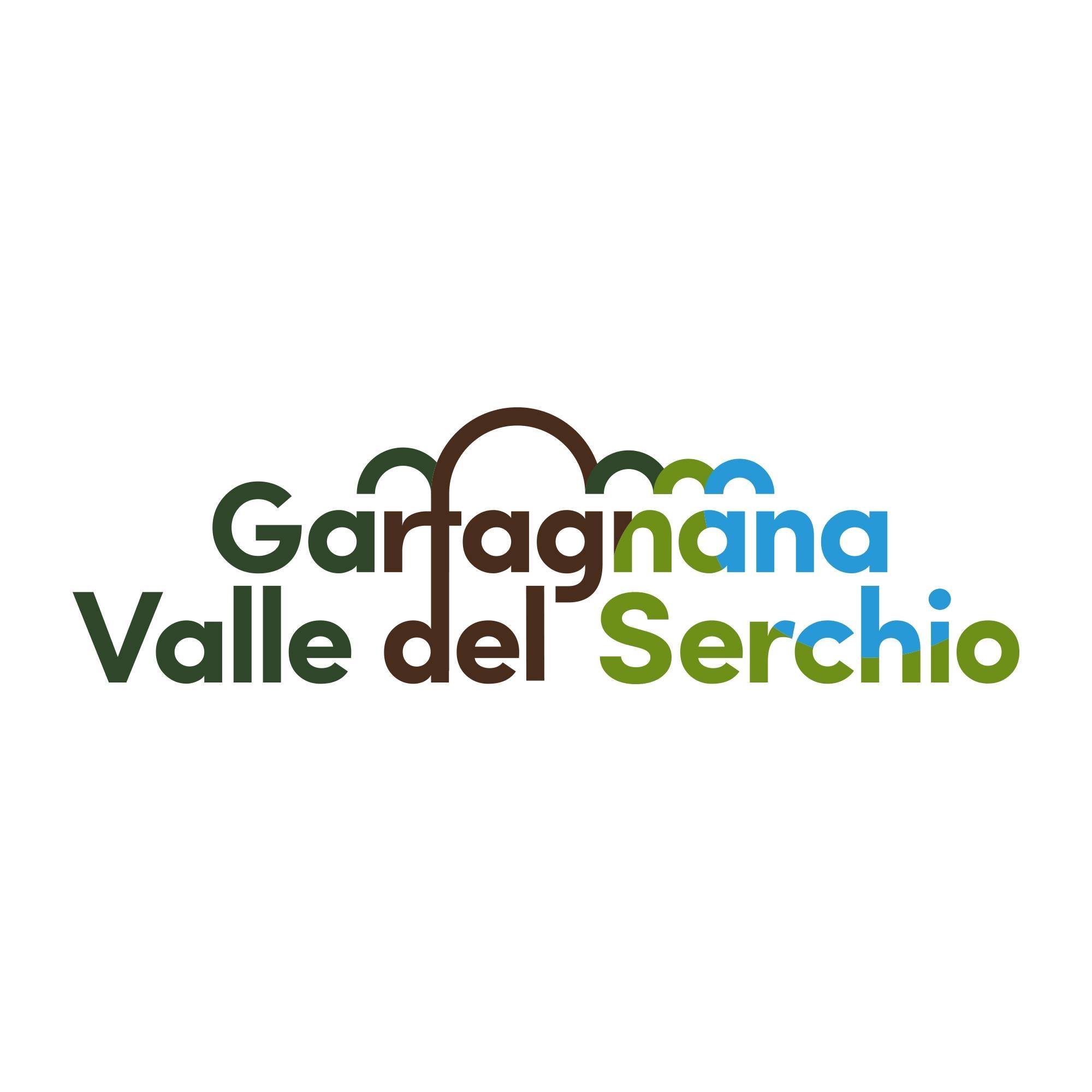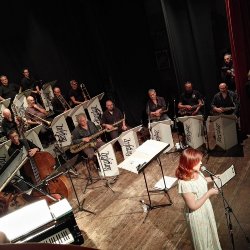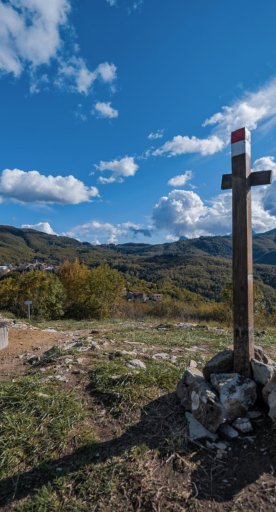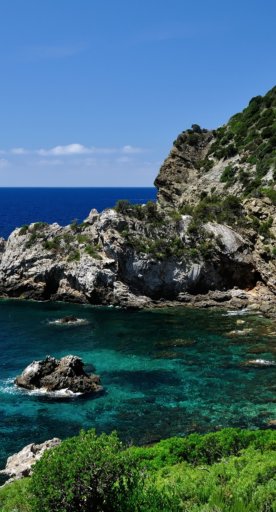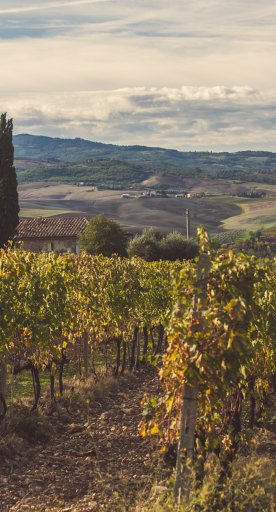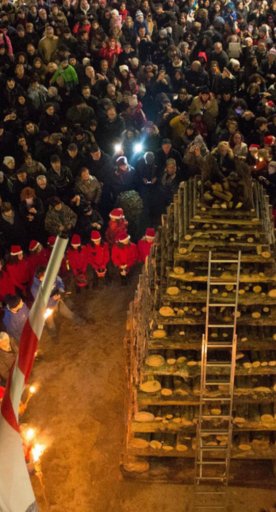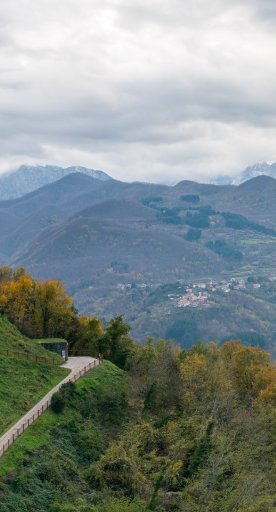

From the mountains to the sea, to the cities of art
Historic streets and mountain passes to discover the coast and cities of art departing from Garfagnana and Mid Serchio Valley
A land full of surprises at every corner, Garfagnana is located in a strategic part of Tuscany; it is a gem nestled between the Apuan Alps and the Tuscan-Emilian Apennines, just a short distance from the sea and the cities of art.
Spend time in Garfagnana and the Mid Serchio Valley, enjoying all kinds of outdoor activities, visiting small villages and tasting food and wine while also being able to visit the beaches and famous cities nearby.
Let's discover the main roads and mountain passes that connect Garfagnana and the Mid Serchio valley to other destinations in the region and beyond.
-
1.Versilia
-
2.Lucca and Pistoia
-
3.Lunigiana
-
4.Beyond Tuscany
Versilia

Forte dei Marmi is just about an hour from Castelnuovo Garfagnana, travelling along the historic Via di Arni. On the way you can stop at Isola Santa, a charming village nestled by the shore of a lake upon which you can sail, using the rentable small boats available. Versilia can also be reached from the Mid Serchio Valley, in around an hour you can reach beaches, passing by Lucca.
This is also the case with the Lucese Pass from Pescaglia; you can reach Versilia travelling along the centuries-old Via Francigena to Camaiore. On the pass, you will come across the small Church of San Jacopo, built near the hospital of the Lucesi Alps which in the 12th century looked after the pilgrims who passed through. Before reaching the pass, there are some villages of the Municipality of Pescaglia such as Convalle and Trebbio: small gems overlooked by the Apuan Alps.
Lucca and Pistoia

As well as visiting the sea, you can also reach the cities of art. Lucca is 20 minutes by car from Borgo a Mozzano, the famous town known throughout the world for the Devil's Bridge. You could also stop in Borgo and visit the bridge, not overlooking the opportunity to take a walk in the historic center, with its typical cobblestones and many shops. From Bagni di Lucca, the town of the ancient baths, climb up the Abetone Pass to reach Pistoia, not before visiting at least one of the many historic villas, the historic casino or the thermal pool.
Lunigiana

Located in the territory of Minucciano, the Carpinelli Pass, 842 m. slm., is located right on the border between Garfagnana and Lunigiana. The two neighboring regions can be explored on the same trip, discover the flavors and villages of the Tuscan mountains. On the same pass, don't miss a visit to the Sanctuary of Our Lady of the Guard or a pleasant picnic on Monte Argegna.
Beyond Tuscany
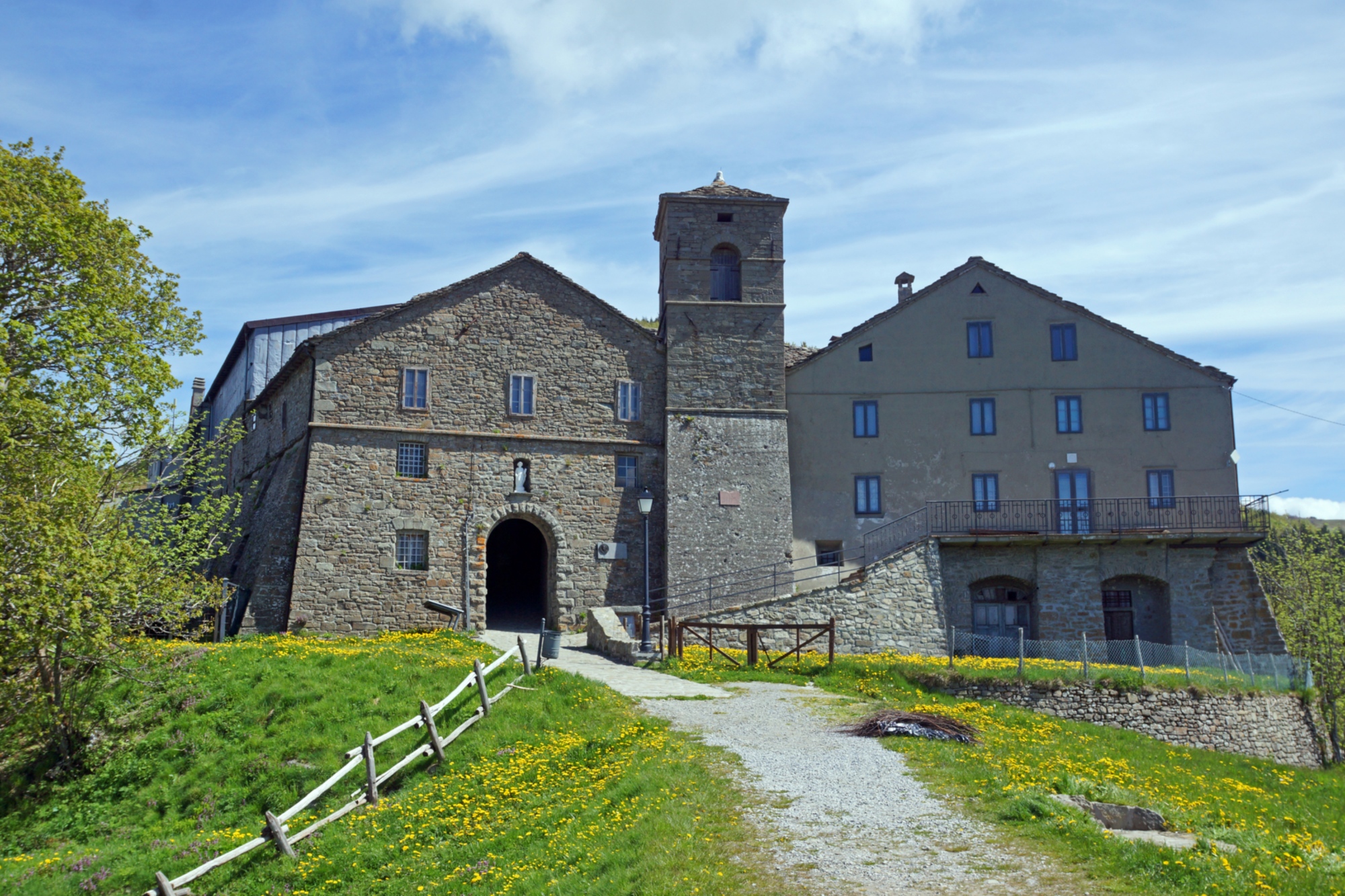
Finally, along the Pradarena Pass in the Tuscan-Emilian Apennines, we can reach Emilia-Romagna, or more specifically, Reggio Emilia. The pass was already known and used in Roman times and a road passed through it that connected Garfagnana with the Po Valley. Every summer around August 15th, the Pradarena festival is celebrated: in the morning there is a short mass at the edge of the forest, while in the afternoon stalls with stands and typical local products of Emilia and Tuscany are displayed.
To reach Modena, you cross the Radici di San Pellegrino in Alpe Pass, a place of great spirituality. In fact, San Pellegrino in Alpe was founded on the remains of Saint Pellegrino. Legend has it that the young son of the king of Scotland gave up the crown and began a long pilgrimage through Europe, reaching the forests in the Alps by divine order. Here, together with a hermit, Saint Pellegrino offered hospitality to travelers who traveled the ancient Bibulca and Vandelli streets. Still today, San Pellegrino in Alpe is a destination for pilgrimages. It can also be reached from Barga, travelling along the historic road that passes through the town of Renaio. Officially, Barga is among the most beautiful villages in Italy, so a walk in the extraordinary historic center is a must.
The more adventurous can also reach the Emilian city from the Valico di Foce in Giovo between Bagni di Lucca and Coreglia Antelminelli. An off-road route is necessary to cover most of the way. Coreglia, like Barga, is officially one of the most beautiful villages in Italy. It is home to the Rocca, the historic residence of Castruccio Castracani, the Emigration and Plaster Figurines museum, and the historic Palazzo del Forte as well as several noble houses from the Castruccio era.
